Amazon SEO is the key to increasing your product visibility and sales. Learn five keyword optimization strategies using ad reports and Amazon SEO best practices.
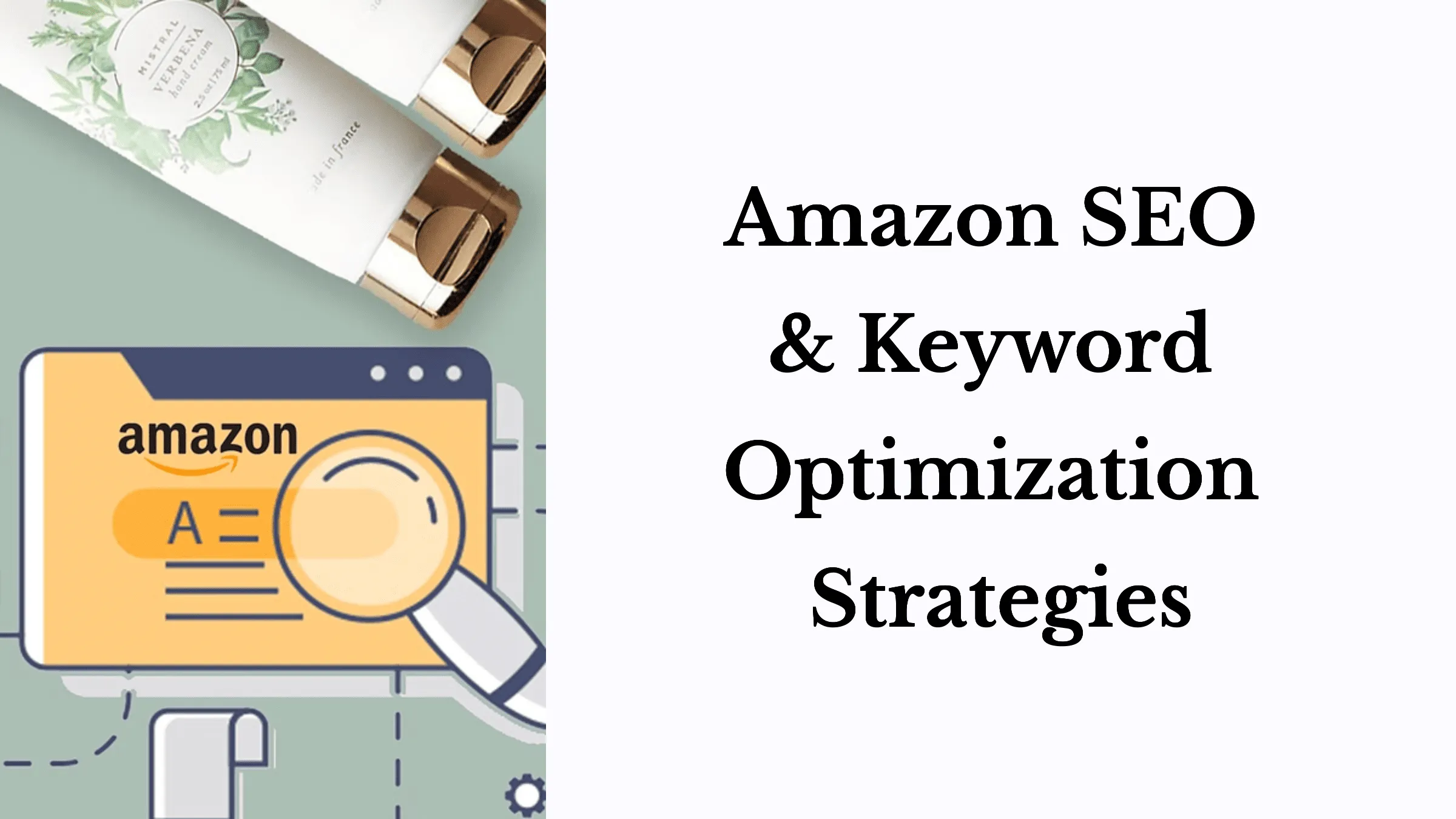
To successfully sell on Amazon, it’s essential to master keyword optimization through a combination of Amazon SEO and ad data analysis. This post outlines five actionable strategies that leverage advertising insights and organic search tactics to enhance your Amazon product listings.
Table of Contents
-
- The Role of Amazon SEO and Advertising
- Effective Keyword Research Strategies
- Optimizing Keywords Through Advertising Data
- Enhancing SEO by Optimizing Product Listings
- Improving SEO Strategy by Analyzing Ad Performance
1. The Role of Amazon SEO and Advertising
Amazon’s A9 algorithm determines the search rankings of product listings based on keywords, sales performance, reviews, and other key data. Optimizing these elements boosts your visibility in search results.
Amazon SEO (Search Engine Optimization) improves organic (unpaid) search visibility, while Amazon Advertising (PPC) allows your product to appear at the top of search results for specific keywords. SEO yields long-term results, and advertising drives immediate sales. For optimal growth, you should focus on SEO while strategically using ads for promotions and product launches.
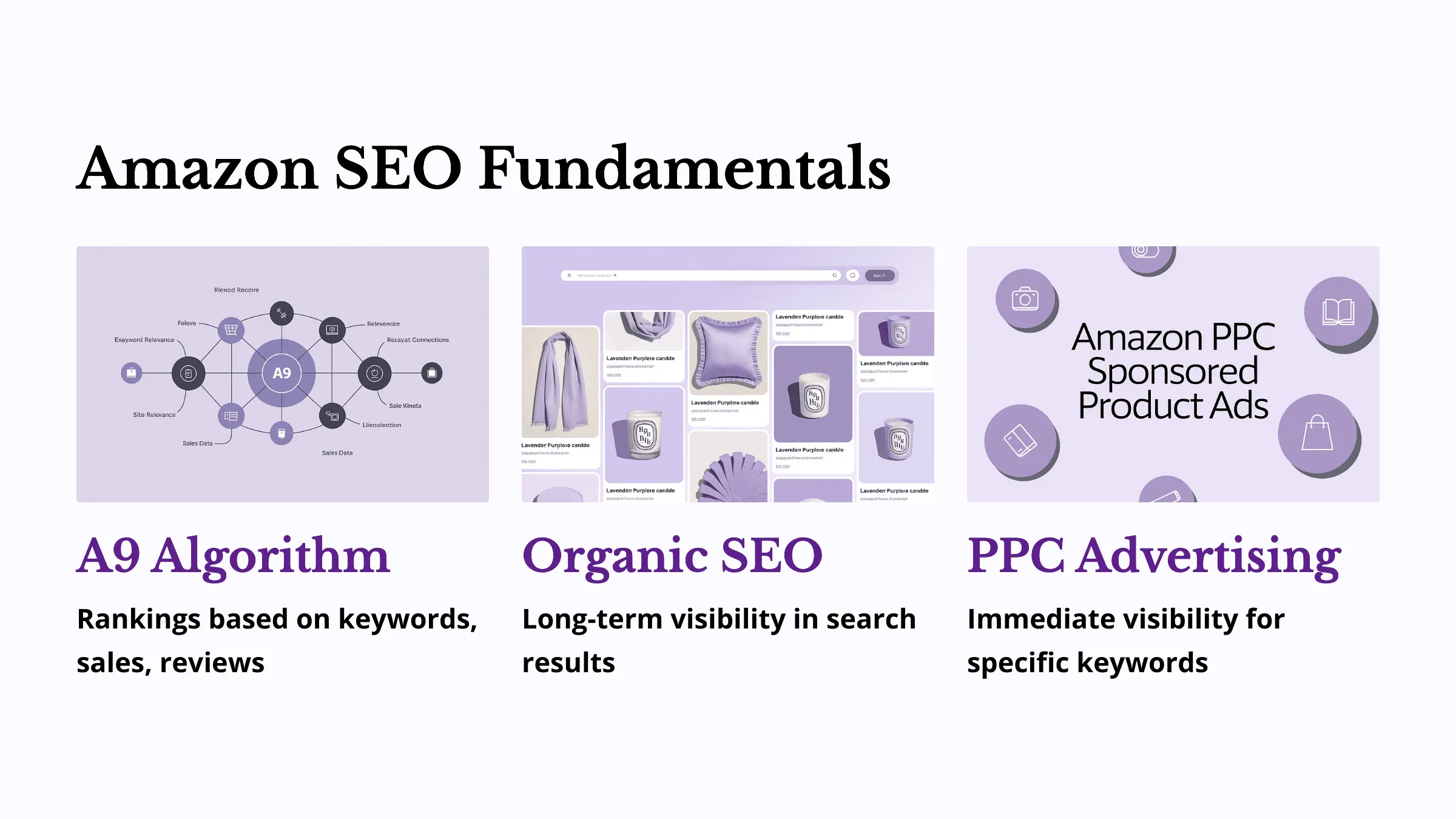
2. Effective Keyword Research Strategies
Amazon Autocomplete
Type your product keyword into the Amazon search bar. Suggestions like “hat for men,” “hat women,” or “hat recommendations” show actual customer queries. Use these suggestions in your titles and descriptions to improve Amazon SEO.
Amazon Ad Report Analysis
Use your campaign performance reports to track impressions, click-through rates (CTR), and conversion rates (CVR). Identify high-performing keywords with high CTR and CVR to reuse in listings and future ads. Remove or revise keywords with low performance to improve cost-efficiency.
Third-Party Tools
Tools like Helium 10, Jungle Scout, and AMZScout can help with keyword volume and competition analysis. For example, Helium 10’s Magnet reveals monthly search volume, while Jungle Scout shows competitor keyword usage. Use these insights to enrich your Amazon SEO and PPC strategy.
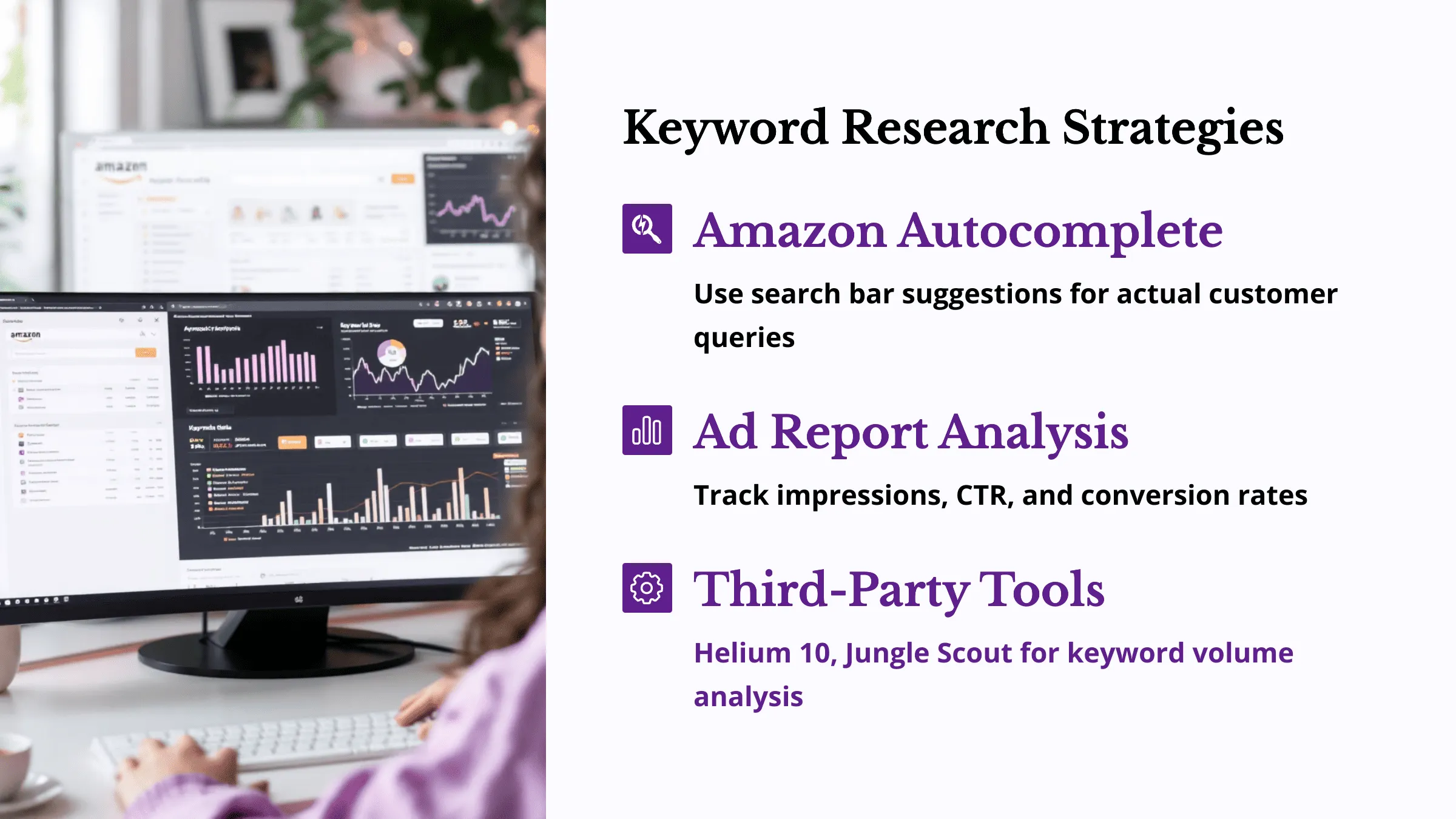
3. Optimizing Keywords Through Advertising Data
Auto Campaigns
These automatically target relevant keywords. Beginners can use them to discover high-performing keywords. Regularly review and analyze the results to refine your strategy.
Manual Campaigns
Transfer effective keywords from auto campaigns to manual ones. Allocate more budget to top-performing keywords and increase control over your advertising strategy.
Negative Keywords
Block irrelevant or low-converting keywords by setting them as “negative keywords.” This helps avoid budget waste and improves overall ad efficiency. For example, if a keyword generates many clicks but no sales, exclude it from future campaigns.
By incorporating insights from advertising, you can optimize your SEO strategy to attract organic traffic and reduce reliance on paid ads.
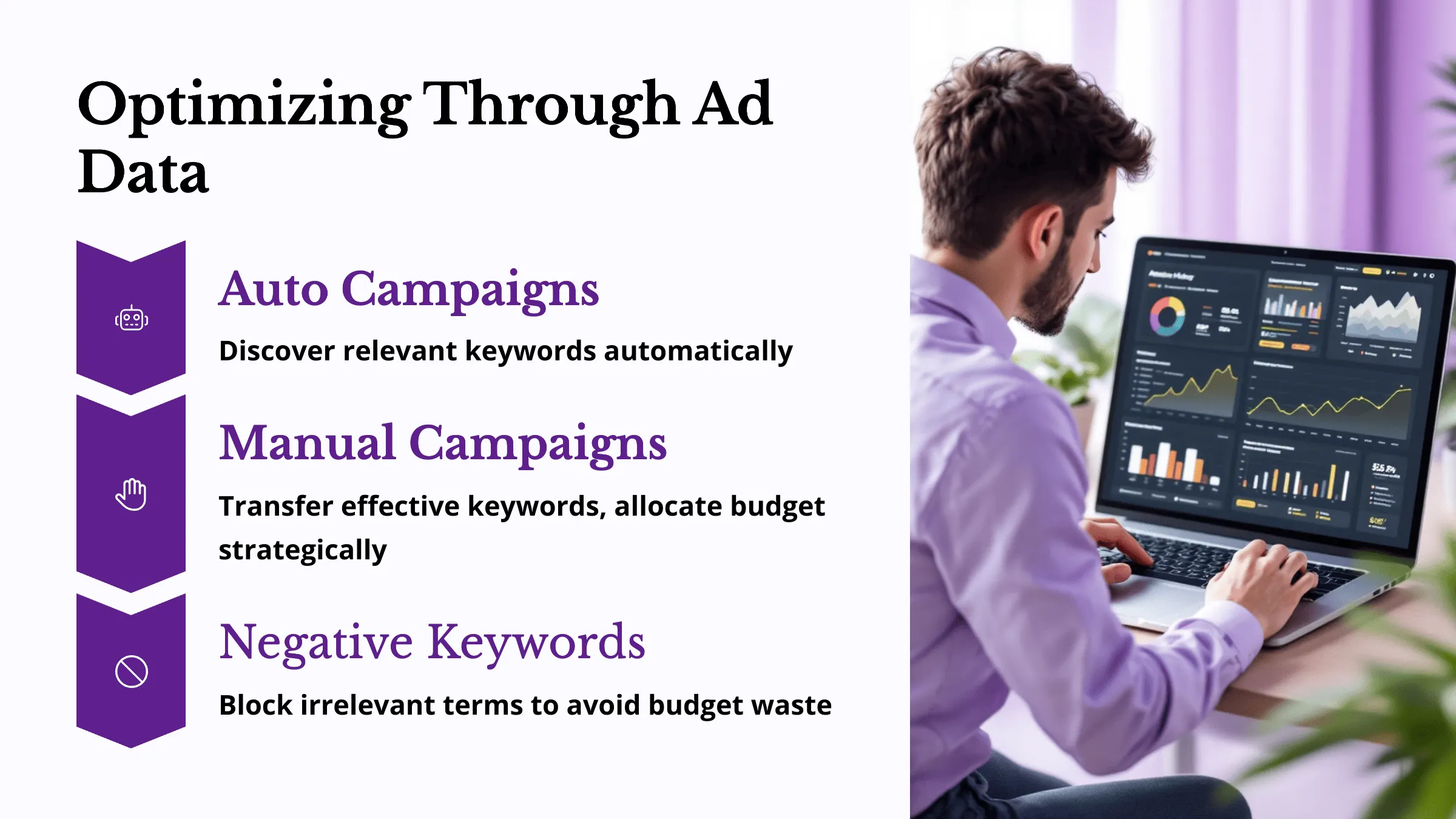
4. Enhancing SEO by Optimizing Product Listings
Product Title
Include high-value keywords while keeping the title easy to read. Emphasize key features or benefits. Example: Instead of “USB Rechargeable Bluetooth Earbuds,” try “High-Quality Wireless Bluetooth Earbuds with USB-C Charging.”
Product Description
Explain product features clearly and include relevant keywords naturally. Address common customer questions within the description to increase conversion rates and trust.
Backend Keywords
Use all available backend keyword fields to include alternate terms like “sports earbuds,” “noise canceling headphones,” or “earbuds for iPhone.” These aren’t visible to customers but help with Amazon SEO.
Review and Ratings Management
Encourage positive reviews by asking for feedback after purchase. Respond to negative reviews constructively. Reviews influence both conversion and search rankings on Amazon.
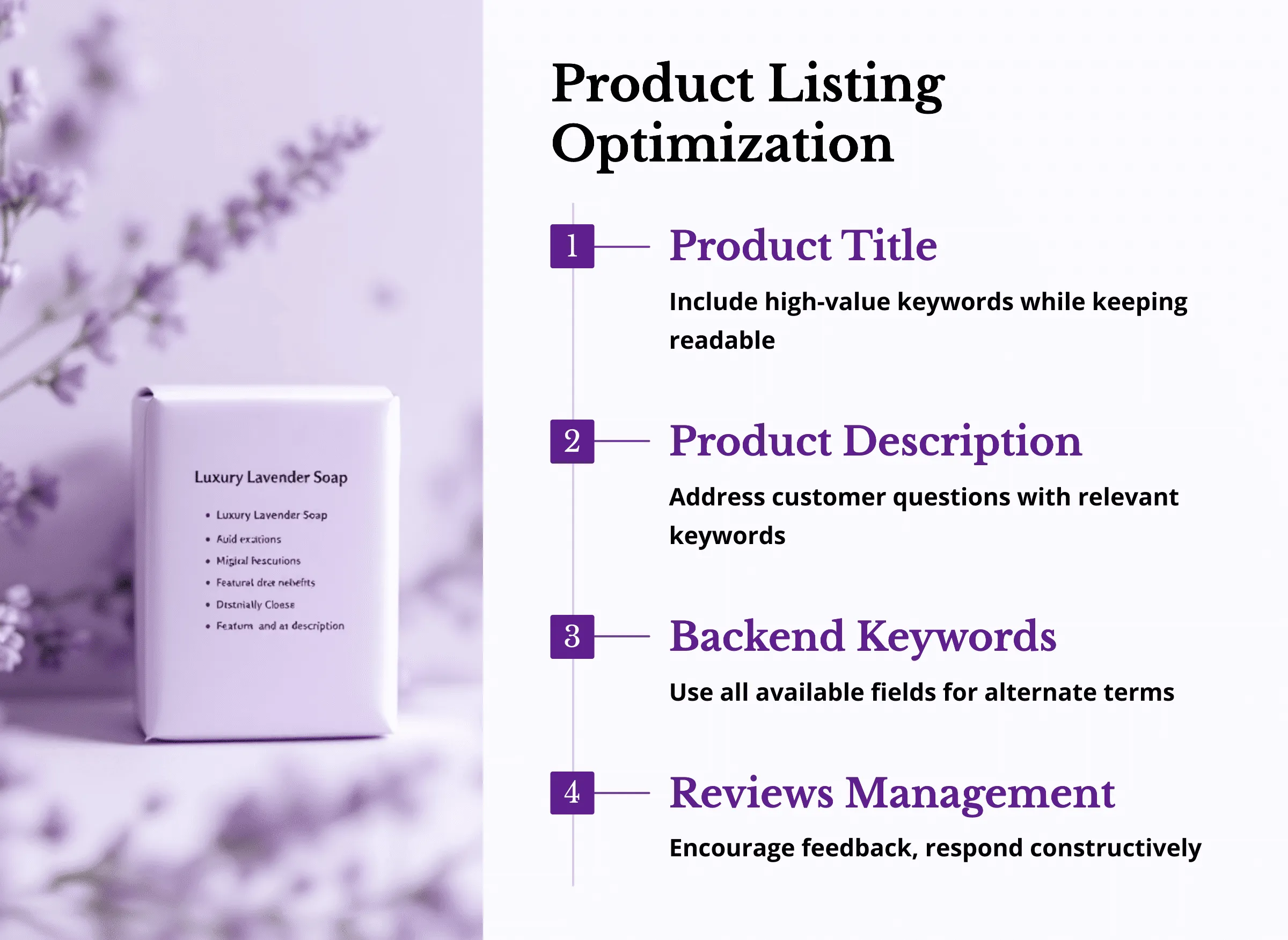
5. Improving SEO Strategy by Analyzing Ad Performance
ACoS (Advertising Cost of Sale)
This shows the efficiency of your ad spend. A low ACoS means you’re generating more sales for less money. Adjust or remove keywords with high ACoS to reduce wasted ad spend.
CTR (Click-Through Rate)
Higher CTR indicates that your listing is appealing. Keywords with high CTR should be highlighted in SEO elements like titles and bullet points.
CVR (Conversion Rate)
CVR reveals which keywords lead to purchases. Include these keywords in your product detail pages and allocate more budget to them in your ad campaigns.
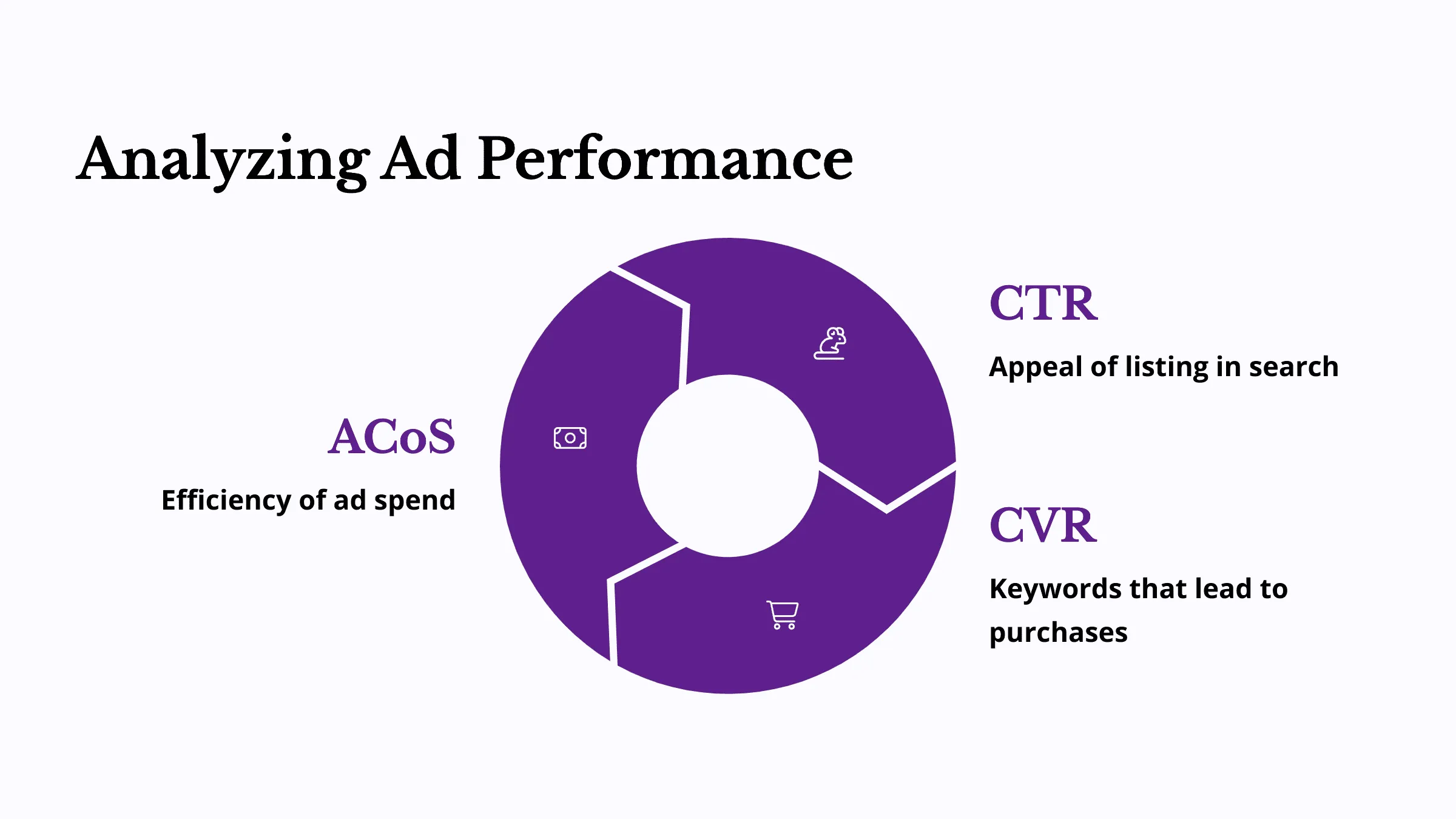
Conclusion
Amazon SEO is essential for long-term sales growth, while advertising provides immediate visibility. By conducting thorough keyword research and analyzing advertising data, you can boost both organic and paid performance. Implementing these five strategies will help reduce ad spend and increase sustained organic traffic.
From product fulfillment to website setup, these are practical tools I’ve used myself.
- 👉 Printful – Easily launch a store without inventory and automate production & delivery.
- 👉 GoDaddy Domain Starter – Secure your brand with a custom domain name.
- 👉 GoDaddy Website Builder – Quickly build your website and brand assets in one go.
※ This post contains affiliate links. If you sign up or purchase through the links above, I may earn a commission—at no extra cost to you.
3. 6 Essential Amazon Seller Central Dashboard Sections You Must Master in 2025 to Boost Sales